What Your Weight Bearing Status Means
Your doctor’s orders: ____________________________________________
Non-Weight Bearing (NWB)
Do not put any weight on your arm or leg at all. If your leg is injured, do not let it touch the floor when you sit, stand, or walk. When you walk, hold your leg off the ground.
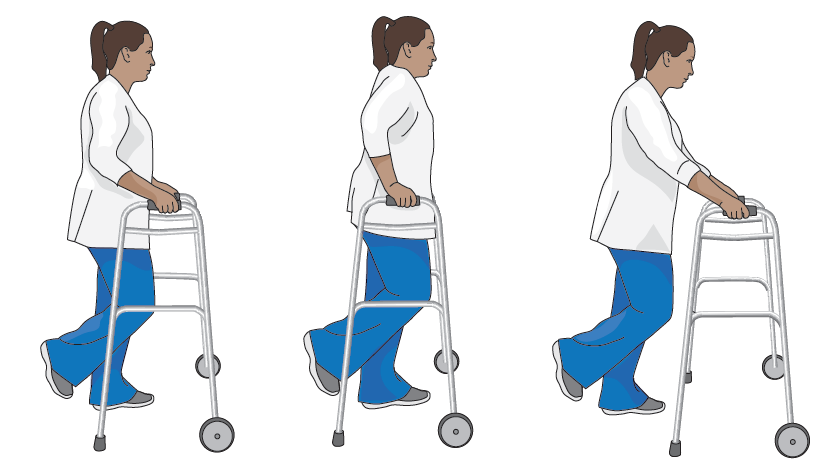
|
Touch Down Weight Bearing (TDWB)
You may rest your leg on the ground when you sit, stand, or walk – for balance only. Do not put your body weight on that leg. It should only support the weight of your leg. This is also called “Weight-of-Leg Weight Bearing,” “Toe-Touch Weight Bearing,” or “Foot-Flat Weight Bearing.”
|
Weight Bearing for Transfers Only
You may place just enough body weight on the arm or leg to move from the bed to a chair, wheelchair, or bedside commode. You must stay in a seated or squatting position while moving. Do not stand, take steps, or put your full body weight on the arm or leg.
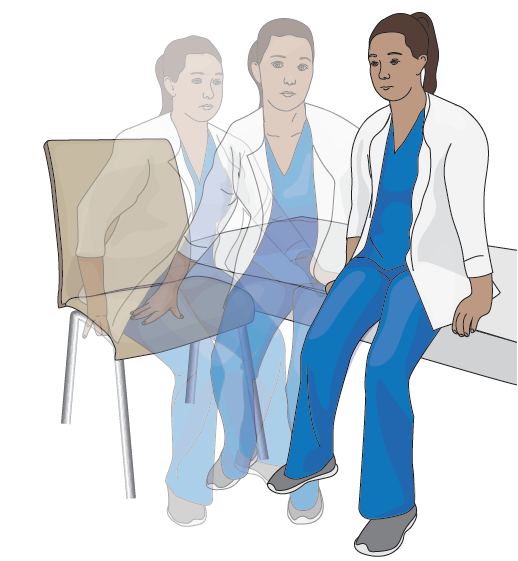
|
Partial Weight Bearing (PWB)
Your doctor will tell you how much weight you can put on your arm or leg. The weight may be in pounds or as a percent of body weight. Do not put more weight on the arm or leg than the doctor allows.
|
Protected Weight Bearing (pWBAT)
Protected weight bearing means your doctor would like you to use an assistive device while walking for extra support. While using a device such as a walker or cane, put as much weight as feels comfortable on your arm or leg. If you have pain, put less weight on the arm or leg.
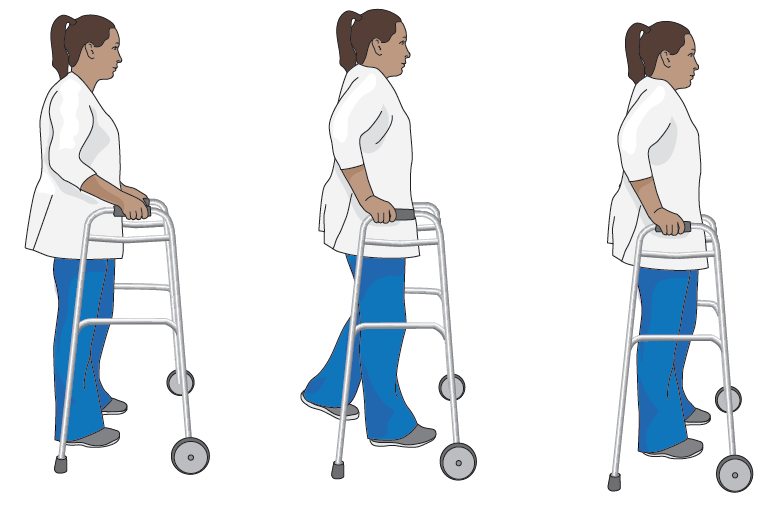
|
Weight Bearing as Tolerated (WBAT)
You may put your full body on the injured arm or leg if pain allows. This is close to full weight bearing. Put more and more weight on the arm or leg as you heal and have less pain. There is no limit to how much weight you should put on your arm or leg – just let your comfort and pain level to guide you. You can use an assistive device such as a walker, crutches, or cane as needed for more support if you have pain or weakness with walking.
|
Weight Bearing as Tolerated Through Elbow
Do not place any weight through your wrist or hand until your injury heals. You may place as much weight as you can stand through your elbow as you change positions, get up, or move – such as when you use a platform walker.
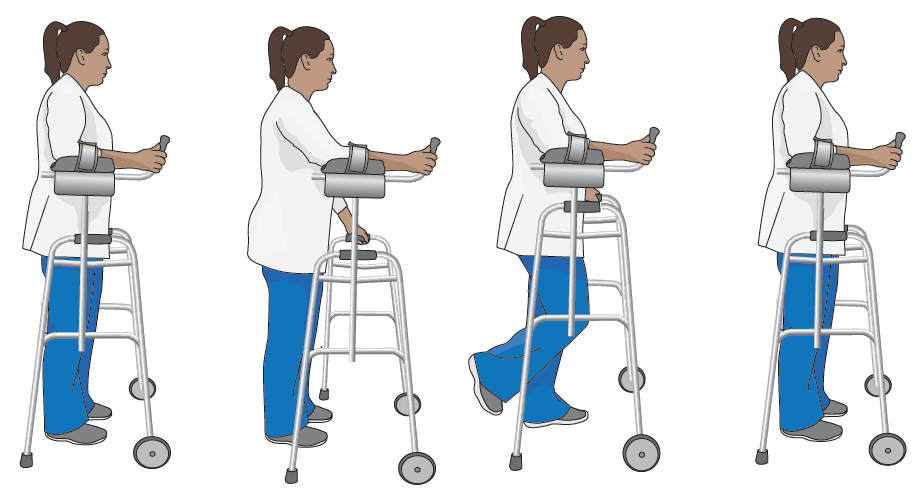
|
Passive Range of Motion as Tolerated
Do not move the joint in your arm or leg on your own. As your pain allows, another person may move the joint for you. This may be a therapist, doctor, nurse, or family caregiver.
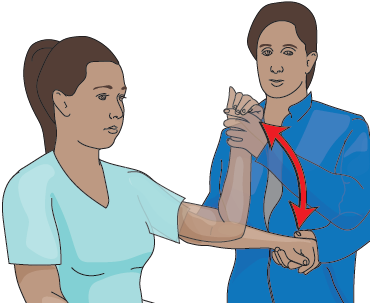
|
Range of Motion as Tolerated (ROMAT)
You can move your joint as much as feels comfortable. There is no limit to how much you can move the joint. Move the arm or leg joint more and more as you heal and have less pain. It is very important to keep your joints moving as you heal.
This is also called “Active Range of Motion as Tolerated.”
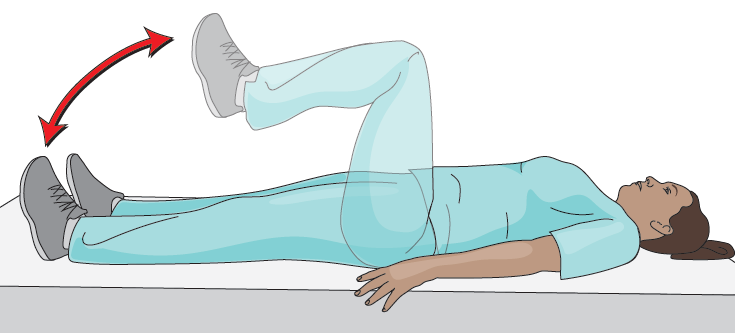
|
Activity as Tolerated (AAT)
You may use your arm or leg as much as your pain allows. There is no limit to how much weight you should place on the arm or leg. And there is no limit to the range of motion for the arm or leg. Use the arm or leg more and more as you heal and have less pain.
|